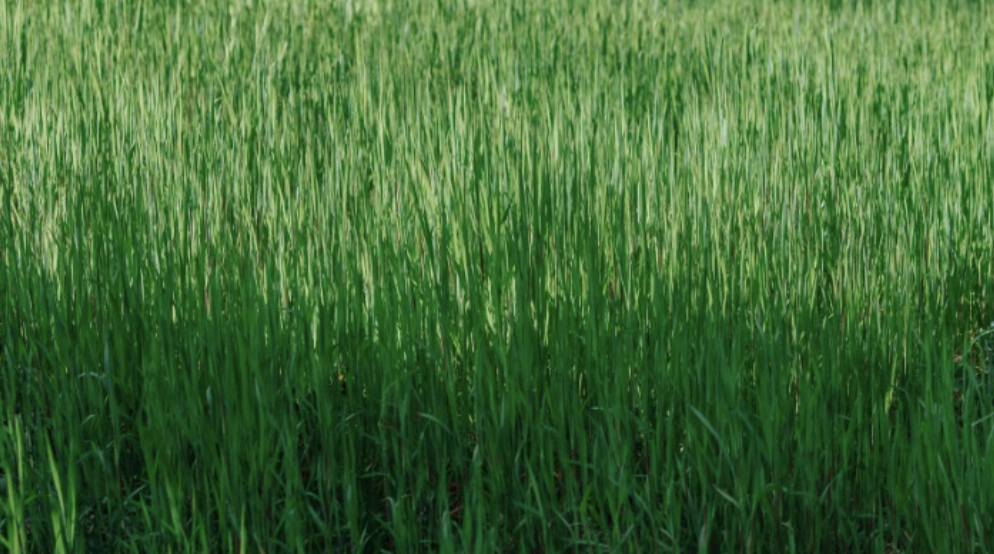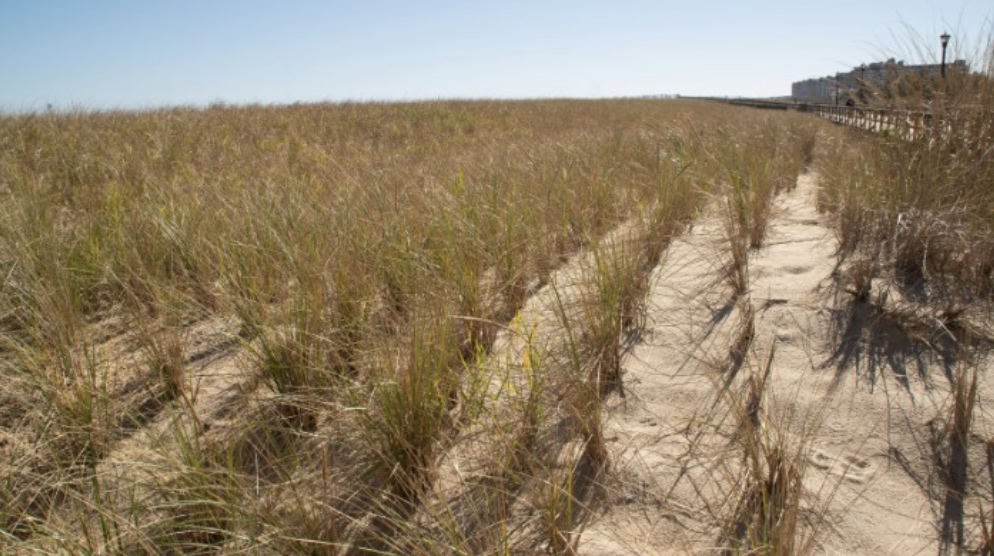A Comprehensive Guide to Choosing the Best Grasses for Erosion Control
Erosion control has become a major concern for many people - from farmers, landscapers to homeowners. Erosion can be caused by water, wind, or human activity and can lead to devastating consequences if not managed properly. Grasses have proven to be an effective option when it comes to controlling soil erosion as they provide stability, retain water and nutrients, and enhance soil quality. With so many grass options out there, it can be challenging to choose the best one for your specific needs. In this blog post, we'll provide you with a comprehensive guide on the top grasses for erosion control, and the pros, and cons of each one.
Top grasses for erosion control
1. Tall Fescue Grass:
Tall Fescue is a cool-season grass that is commonly used for pasture, lawns, and erosion control. It is fast-growing, forming a dense network of deep roots, which makes it an excellent choice for erosion control. One of the cons of Tall Fescue is that it does not tolerate drought well. Moreover, Tall Fescue produces less biomass than other grasses and may not be an ideal choice if you're looking to feed livestock.
2. Switchgrass:
Switchgrass is a warm-season grass that can grow up to 8 feet tall. It is known for deep roots that can reach up to 10 feet deep, which makes it an excellent choice for erosion control. This grass is drought-tolerant, making it ideal for dry regions. One of the cons of switchgrass is that it can be challenging to establish. Moreover, it may not be an ideal option for pasture as it tends to be low in nutritional value.
3. Timothy Grass:
Timothy grass is another cool-season grass that is commonly used for hay production and pasture. It is known for its deep roots, which can reach up to 3 feet deep. Timothy grass is also tolerant of wet soil conditions, making it suitable for areas prone to flooding. One of the cons of Timothy grass is that it does not tolerate drought well. Moreover, it does not produce a lot of biomass compared to other grasses, making it less ideal for large-scale erosion control projects.
4. Buffalo grass:
Buffalograss is a warm-season grass that is native to the Great Plains region of the United States. It is known for its deep roots, which make it an excellent choice for erosion control. Buffalograss is also drought-tolerant and requires little maintenance. However, buffalograss does not produce a lot of biomass and may not be an ideal choice if you're looking for grass that can feed livestock.
5. Perennial Ryegrass:
Perennial Ryegrass is a cool-season grass that is commonly used for lawns, pasture, and erosion control. It is fast-growing and produces a lot of biomass, making it an excellent choice for large-scale erosion control projects. One of the cons of Perennial Ryegrass is that it does not tolerate drought well. Moreover, it has a shallow root system, making it less effective for stabilizing steep slopes.
Preventing erosion
Choosing the right grass is just one part of the equation when it comes to preventing erosion. In addition to using grasses, you'll also need to implement other strategies such as building terraces, constructing sediment basins, and planting trees for windbreaks. With proper management, these techniques can be used in conjunction with grasses to create a more effective
Choosing the best grasses to control erosion depends on various factors such as the climate, soil type, project size, and desired outcomes. As you can see, each grass type has its pros and cons, and it's essential to consider all of them before making a decision. Tall Fescue, Switchgrass, Timothy Grass, Buffalograss, and Perennial Ryegrass are all great options that have proven to be effective in erosion control. It's important to remember that the best grass for your project may not be the best option for someone else's project. Erosion control is crucial, and with the right grass type, you can help protect your soil and the environment. Take the time to assess your specific needs, and consult with an expert if needed to make an informed decision.






